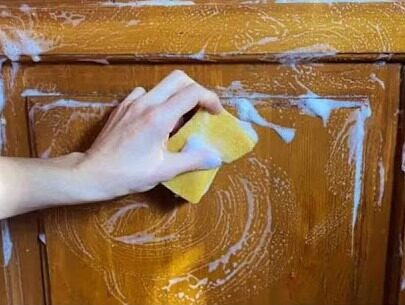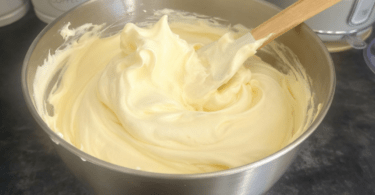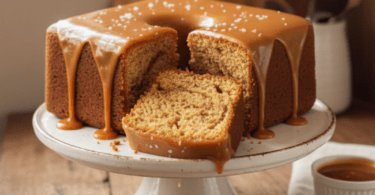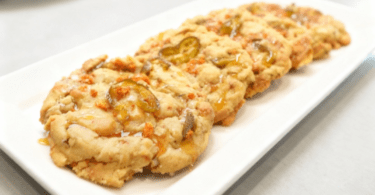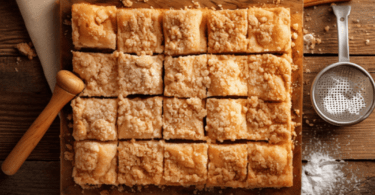Maintaining a spotlessly clean kitchen not only enhances its overall appeal but also contributes to a healthier living environment. Often overlooked, kitchen cabinets are subjected to a barrage of challenges, from stubborn grease stains to food spills and oil splatters. Over time, this neglect can lead to a buildup of grime that becomes increasingly difficult to tackle. In this comprehensive guide, we will show you how to efficiently and effectively eliminate that stubborn grease buildup on your kitchen cabinets.
Why Clean Your Kitchen Cabinets?
The kitchen is the heart of your home, and its cleanliness should be a top priority. While we diligently clean various kitchen items, we tend to forget about our faithful cabinet doors. Grease, dirt, and food particles can accumulate on these surfaces, detracting from the overall hygiene and aesthetic appeal of your kitchen. Neglecting cabinet door cleaning can result in a challenging and time-consuming task down the road.
Effective Methods for Cleaning Kitchen Cabinets
1-Dish Soap and White Vinegar: This dynamic duo is your secret weapon against kitchen cabinet grease and grime. Dish soap is gentle yet effective at cleaning and degreasing surfaces. When combined with white vinegar, a powerful cleaning agent known for its degreasing and disinfecting properties, the results are impressive.
***How to Use This Method:
- Mix 2 tablespoons of organic dish washing liquid with 50 cl of warm water and 25 cl of white vinegar in a container.
- Soak a sponge or cloth in the liquid and gently rub the cabinet doors.
- Rinse with a damp sponge and wipe dry with a microfiber cloth.
- For hard-to-reach corners, use an old soft toothbrush.
- To achieve a flawless finish, consider treating wooden cabinets with mineral oil to enhance their cleanliness and appearance.
2-Curd Soap: Ideal for washing wooden surfaces like kitchen cupboards, curd soap is gentle and effective. Mix warm water with a tablespoon of liquid curd soap, stir well, and use this detergent to clean the cabinet doors with a sponge. Rinse with a damp cloth. You can also substitute curd soap with soft soap to remove grease stains from kitchen cabinets, ensuring that your wooden furniture remains unharmed.
3-Apple Cider Vinegar: Apple cider vinegar is a versatile household ally known for its antiseptic properties. Similar to white vinegar, it fights bacteria and contains acetic acid, making it an effective grease remover. Create a mixture by combining equal parts apple cider vinegar and water, bring it to a boil, let it cool, and then use a sponge soaked in the solution to clean your kitchen furniture. Rinse with cold water for a sparkling finish.
4-Baking Soda: Baking soda is a natural abrasive cleaner suitable for most cabinet surfaces, except for wood. For non-wooden cabinets, it can be an excellent grease-fighting option. Simply make a paste by mixing baking soda with a small amount of water and use it to gently scrub the cabinet doors. Rinse thoroughly to reveal a clean and refreshed surface.
Special Care for Painted Kitchen Cabinets
If you have painted kitchen cabinets, it’s essential to take special care when cleaning them. Here are some methods to consider:
Linseed Oil: Linseed oil is an ideal solution for lacquered furniture. Create a homemade cleaner by mixing linseed oil, turpentine, and flour. Dip a sponge in this mixture and clean your lacquered cabinets. Turpentine acts as a solvent, while linseed oil both protects and enhances wood surfaces. Flour aids in removing stubborn grease stains.
With these natural and effective cleaning methods, removing sticky grease from your kitchen cabinets becomes a quick and easy task. Your cabinets will shine with cleanliness, and you’ll achieve this at a lower cost while ensuring a healthier and more inviting kitchen environment.



